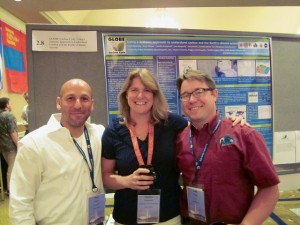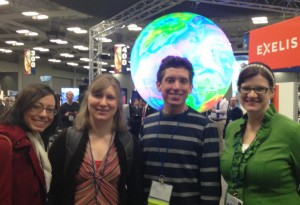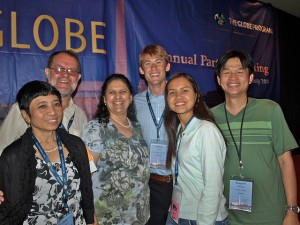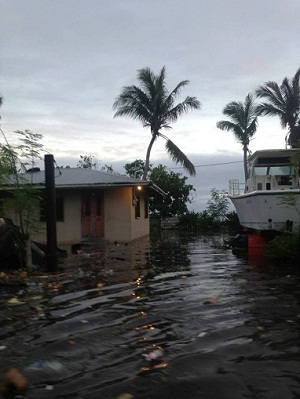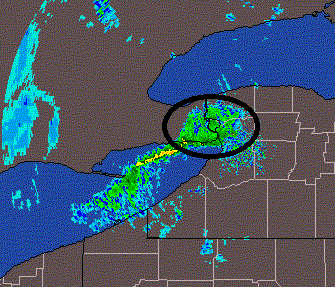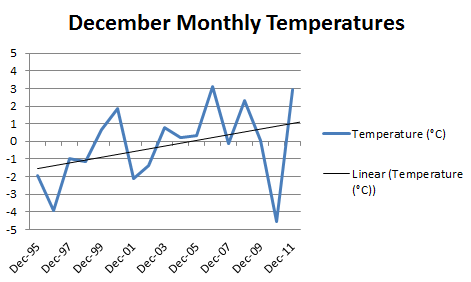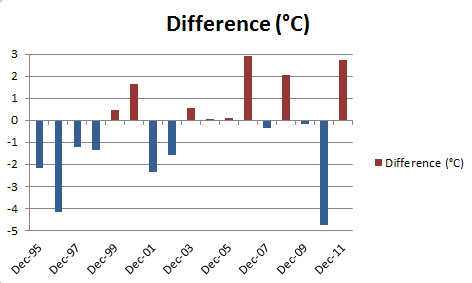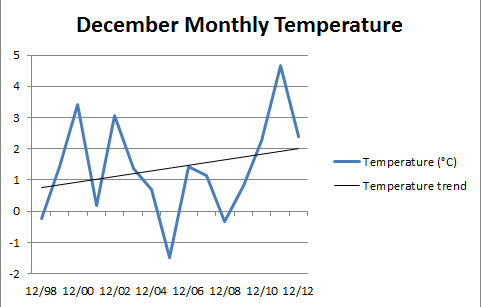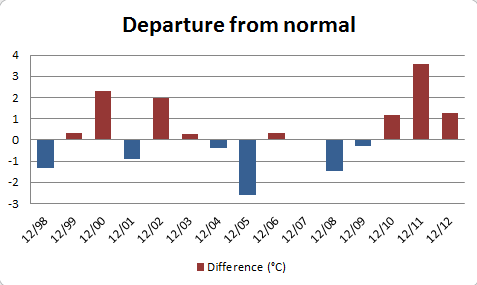One of the most exciting aspects of The GLOBE Program is the ability for students to perform scientific research. This is exemplified through GLOBE’s mission statement, which is stated on the GLOBE website: “to promote the teaching and learning of science; enhance environmental literacy and stewardship; and promote scientific discovery.” Students’ scientific discovery comes through hands-on experiences, i.e. taking Earth System Science measurements to answer a question that is important to them.
The Student Climate Research Campaign, which began in September of 2011, aimed to do just that. Through the campaign, students became engaged in measuring, investigating, and understanding their local environments. GLOBE students who have been participating in the campaign are diligent in uploading their data to the GLOBE database and have been using that data to plan and carry out exciting research projects to explore their environments.
The 2013 GLOBE Virtual Student Conference, occurring from 06-31 May 2013, was the place for GLOBE students of all grade levels to showcase the research they have been performing through the Student Climate Research Campaign. 58 projects from 4 countries (Argentina, Madagascar, Thailand and the United States) were submitted to the conference. Scientists from the GLOBE International Scientist Network scored the projects using a modified Intel International Science and Engineering Fair Evaluation Criteria to determine an overall winner, as well as winners for each region that participated.
The overall winner of the 2013 GLOBE Virtual Student Conference was Ms. Marcy Burns’ fifth grade students from Main Street Intermediate School in Norwalk, Ohio, U.S.A. These students discovered that over the past thirty years, the average annual precipitation in their town has increased. Because of this, they hypothesized that runoff would have a negative effect on the water in the stream. Water samples were collected on the east and west sides of Norwalk, Ohio, for four weeks and tested for pH, nitrate-nitrogen, and conductivity. After looking carefully at the data, they concluded that pH and nitrate-nitrogen were not affected very much by runoff, but conductivity increased after the roads were salted. The students felt that additional testing during all seasons would be needed to completely understand the relationship between runoff and water quality. You can read their report on the GLOBE website and watch their project video below.
Congratulations to the students from Main Street Intermediate School for a wonderful project. To see the winners from the participating regions, visit the Winning Projects page on the GLOBE website. Additionally, all projects are still available for viewing. You can browse through the projects on the 2013 GLOBE Virtual Student Conference page.
Suggested Activity: Please be sure to visit The GLOBE Scientists’ Blog next week as we explore the second piece in this series about GLOBE students presenting their research at the 2nd Annual Student Research Exhibition, which occurred in conjunction with the 17th Annual GLOBE Partner Meeting on 12 and 13 August 2013 in Hyattsville, Maryland, U.S.A.

